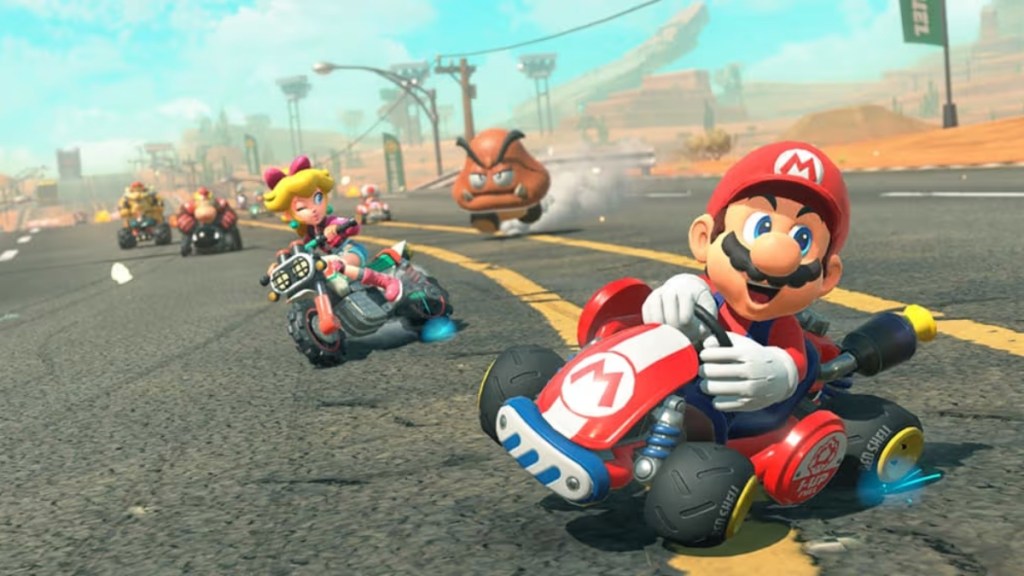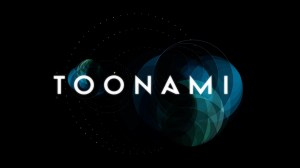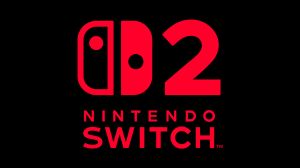Although the Nintendo Switch 2 Direct gave out tons of information regarding the upcoming console, it left a ton of unanswered questions. This is particularly true of the actual hardware. We know the portable console hybrid features HDR, and can achieve 4K resolution at 60 frames per second (FPS) docked, and even 120 FPS at 1080p in handheld mode, but how is it able to do this? It seems the company known for its less powerful hardware is deploying more modern technology akin to new consoles and PCs, such as the PS5 Pro, albeit probably not as powerful.
Videos by ComicBook.com
In a recent post from NVIDIA, it has confirmed the tech giant and Nintendo have partnered to create a custom GPU for the Nintendo Switch 2. As we already know, it also confirms it can hit up to 4K in TV mode and up to 120 FPS at 1080p in handheld mode, which was showcased during the Metroid Prime 4: Beyond section of yesterday’s Direct. However, as some may have suspected, the console does utilize NVIDIA’s AI upsampling technology Deep Learning Super Sampling (DLSS). In the simplest terms possible, this technology essentially sets a lower resolution allowing for better performance. Then the image is reconstructed using AI to create an image that can be perceived at a higher resolution.

In comparison, a similar technology is deployed for PS5 Pro but is known as PlayStation Spectral Super Resolution, or PSSR for short. Games that utilize this technology are typically said to be “PS5 Pro Enhanced,” which usually melds both graphics and performance options. The Nintendo Switch 2 also features AI-powered face tracking and background removal for its video function, which was showcased during the Game Chat portion of the Direct.
The post also confirms the Nintendo Switch 2 will feature ray tracing. This allows for games to have more lifelike lighting, reflections, and shadows. This is opposed to “baked-in” shadows or reflections, which can be used effectively, but sometimes result in less realistic visuals.
Using all of these functions combined could, and probably would, cause stutters while playing. However, the Nintendo Switch 2 in handheld mode features Variable Refresh Rate (VRR) via NVIDIA G-Sync. Again, to put this in the simplest terms possible, this allows the display to change the refresh rate of the screen to the frame rate of the video on the fly. This usually results in smooth gameplay without screen tearing.
RELATED: Mario Kart World Hands-On Preview: A Fresh Take on an Old Favorite
NVIDIA claims the Nintendo Switch 2 features 10x the graphics performance of its predecessor. To sum it all up, here are the three key features of the custom NVIDIA processor as noted by the tech company:
- Tensor Cores boost AI-powered graphics while keeping power consumption efficient.
- RT Cores enhance in-game realism with dynamic lighting and natural reflections.
- Variable Refresh Rate (VRR) via NVIDIA G-SYNC in handheld mode ensures ultra-smooth, tear-free gameplay.
The Nintendo Switch 2 launches on June 5th. Check out our hands-on preview here.
Are you excited for the Nintendo Switch 2? Will you be pre-ordering the portable hybrid console on April 9th? Let us know your thoughts in the comments below.








